
Why is Understanding Solar Module Degradation Rate Crucial?
In the rapidly evolving landscape of renewable energy , solar power stands out as a beacon of sustainable and clean electricity generation. As solar panel manufacturers strive to innovate and improve the efficiency of solar modules, one critical aspect often comes under scrutiny: the degradation rate of solar modules. This blog delves into the significance of the degradation rate in solar modules, exploring its impact on the longevity, efficiency, and overall value of solar energy systems.
Understanding Solar Module Degradation
The degradation rate serves as an indicator of how solar panel efficiency diminishes over time. Solar panels inevitably experience a reduction in their energy production capabilities, affected by elements like weather conditions, exposure to ultraviolet rays, and temperature changes.
Typically represented as an annual percentage, the degradation rate for the majority of solar panels ranges from 0.5% to 1%. Consequently, a solar panel with a degradation rate of 1% per year would see a decline of about 20% in its original output capacity over 25 years.
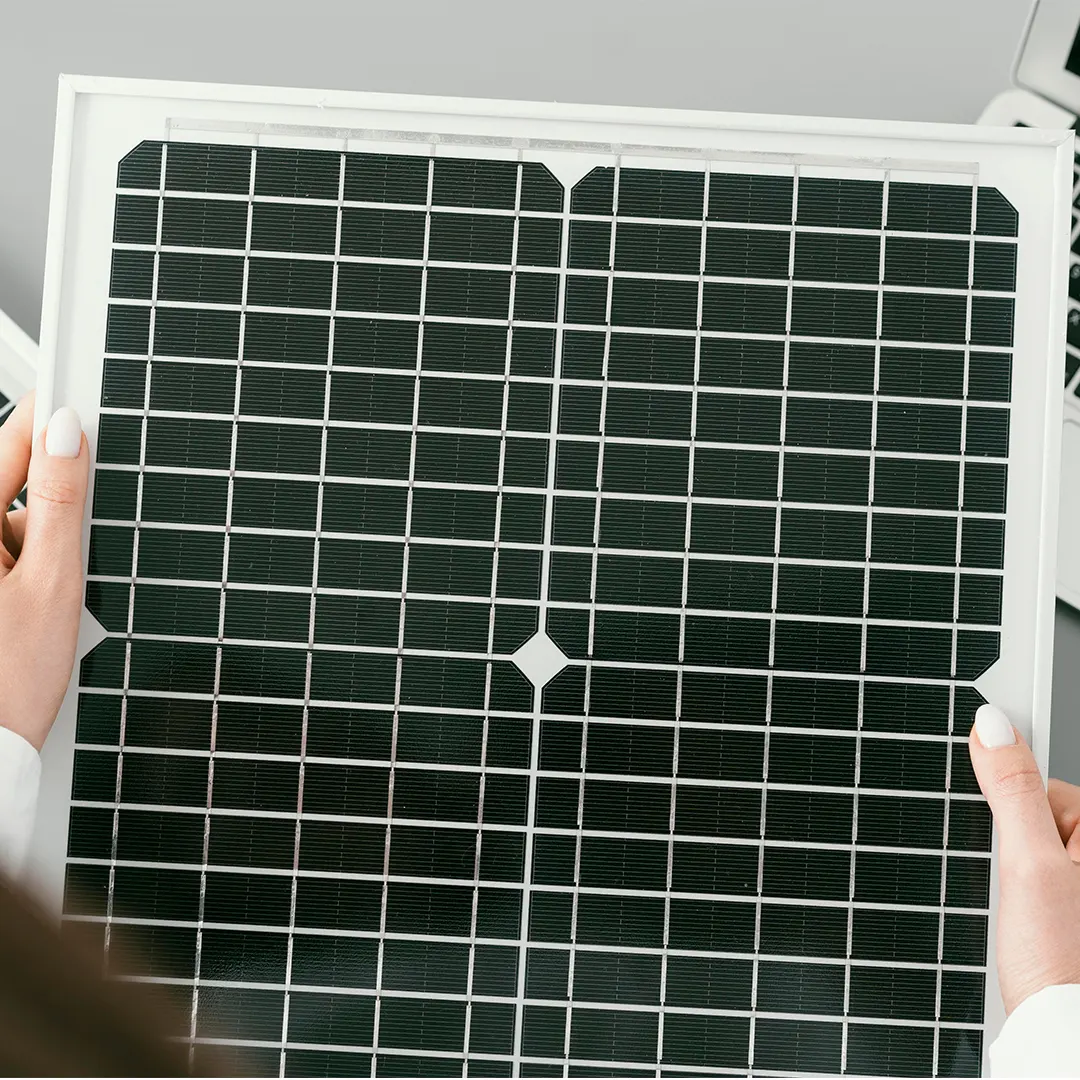
What are the causes of solar panel degradation?
The deterioration of solar panels is not the result of a singular event, but rather a combination of multiple degradation mechanisms impacting photovoltaic (PV) modules, with aging being the primary factor. Other significant contributors to the degradation of solar panels encompass aging, Light-Induced Degradation (LID), Potential-Induced Degradation (PID), and failures of the back-sheet. These factors will be examined in greater detail.
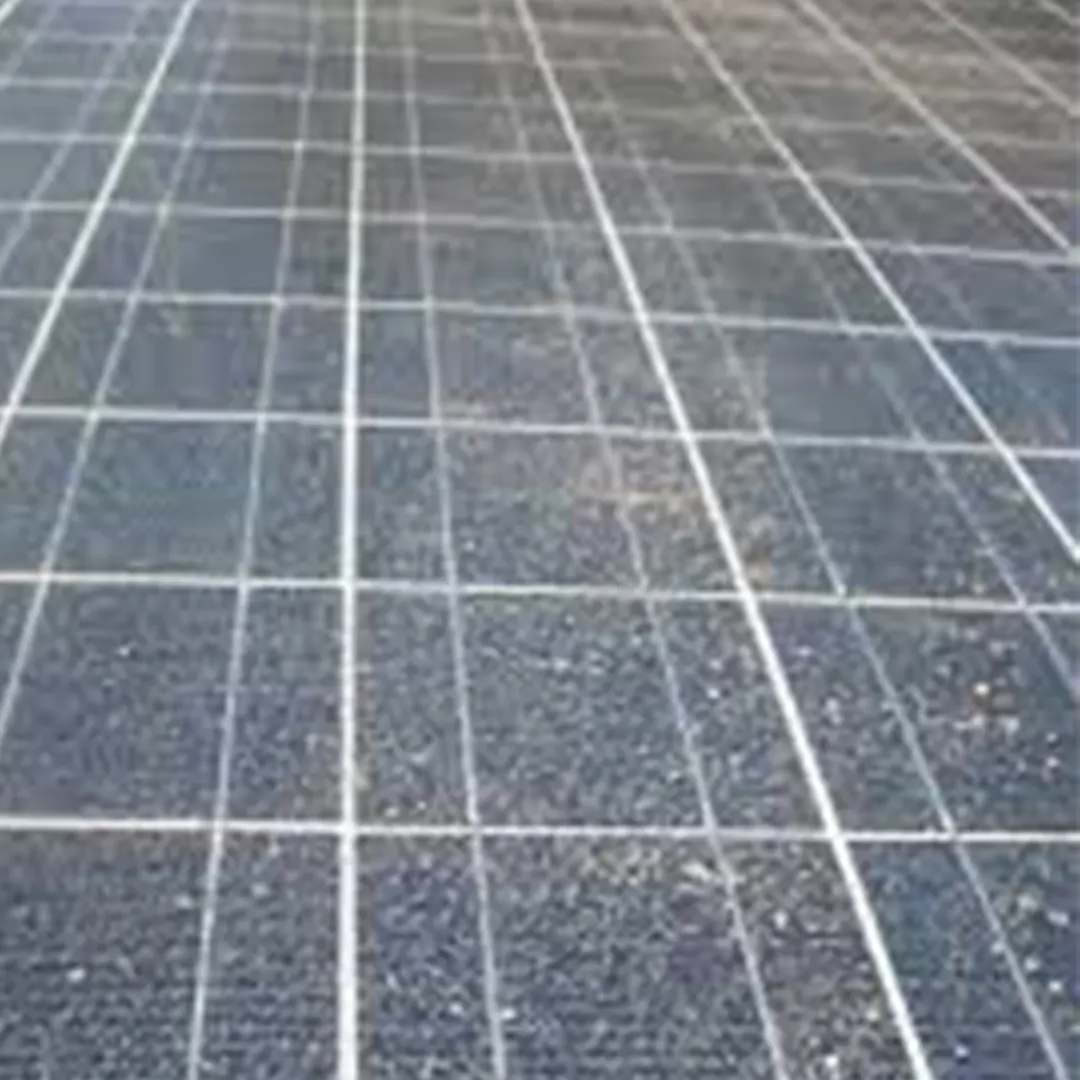
1. Age-related degradation:
Aging stands as the principal factor in the degradation of photovoltaic (PV) modules over their operational lifespan. This process is inherently linked to the prolonged exposure of modules to environmental stressors such as rain, snow, extreme heat, cold, hail, and dust.
As PV modules face these external conditions, they gradually deteriorate, leading to a decline in their efficiency. This deterioration manifests through the corrosion of solar panel frames, delamination of glass and back-sheets, and the degradation of PV materials' properties, collectively contributing to the average annual degradation rate of 0.5% for PV modules.
2. Light-Induced Degradation (LID):
Light-induced degradation (LID) significantly accelerates the wear and tear of solar panels, predominantly within the first year of their use. This acceleration is due to sunlight hastening the oxidation reaction between boron, which is used in doping PV materials, and oxygen.
This type of degradation arises during the manufacturing process, specifically when oxygen interacts with molten silicon in the Czochralski process, a method employed for producing mono-crystalline silicon (mono c-Si). In this context, boron—utilized for doping solar cells—merges with oxygen, creating traps for electron-hole pairs and thereby affecting electricity generation.
LID particularly impacts solar panels crafted from mono-crystalline silicon, with those built using p-type wafers experiencing more severe effects. Additionally, the LID phenomenon has a more pronounced impact on the Passivated Emitter and Rear Cell (PERC) modules.
.webp)
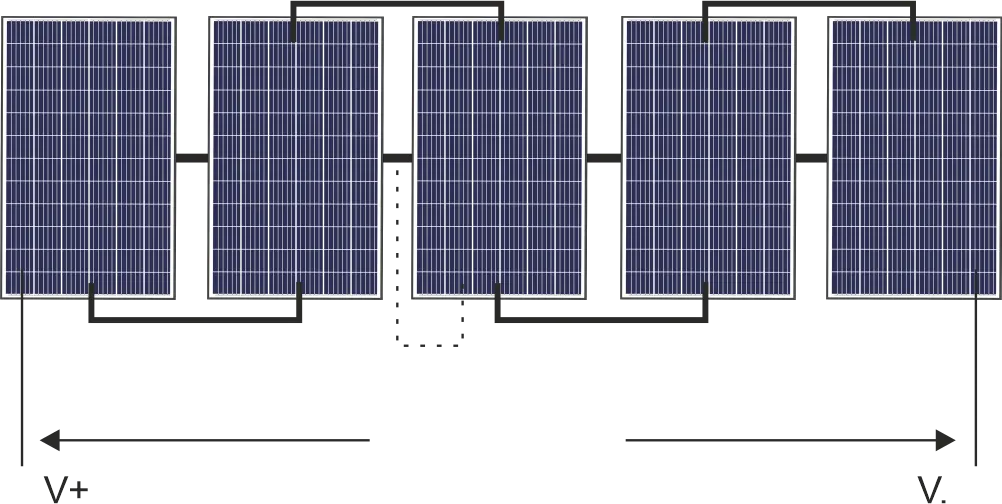
3. Potential-Induced Degradation:
Potential-induced degradation (PID) is a distinct mechanism that compromises the efficiency of photovoltaic (PV) modules. Contrary to Light-Induced Degradation (LID), PID indiscriminately impacts various types of PV modules, including mono-crystalline silicon (mono c-Si), polycrystalline silicon (poly c-Si), and thin-film modules.
The understanding of PID remains partial, necessitating more in-depth research. It is, however, acknowledged that PID can cause significant power losses in PV systems that are not grounded, especially those operating at voltages exceeding 1,500V. Such conditions are typical in large utility-scale and commercial PV installations.
4. Backsheet Failures:
Back-sheet failure represents a significant source of degradation, often leading to premature wear of photovoltaic (PV) modules. It is estimated that between 9% and 16% of PV modules experience backsheet failure, highlighting a critical area of concern. The back sheet serves as the primary protective barrier for a PV module, safeguarding its inner components against external elements such as moisture, wind, dust, and ultraviolet (UV) radiation.
The primary factors contributing to solar panel degradation through back-sheet failure include the delamination of the backsheet material or the development of cracks within it. Once the backsheet is compromised, the PV module's internal components become vulnerable to the environment, significantly diminishing the module's operational lifespan.
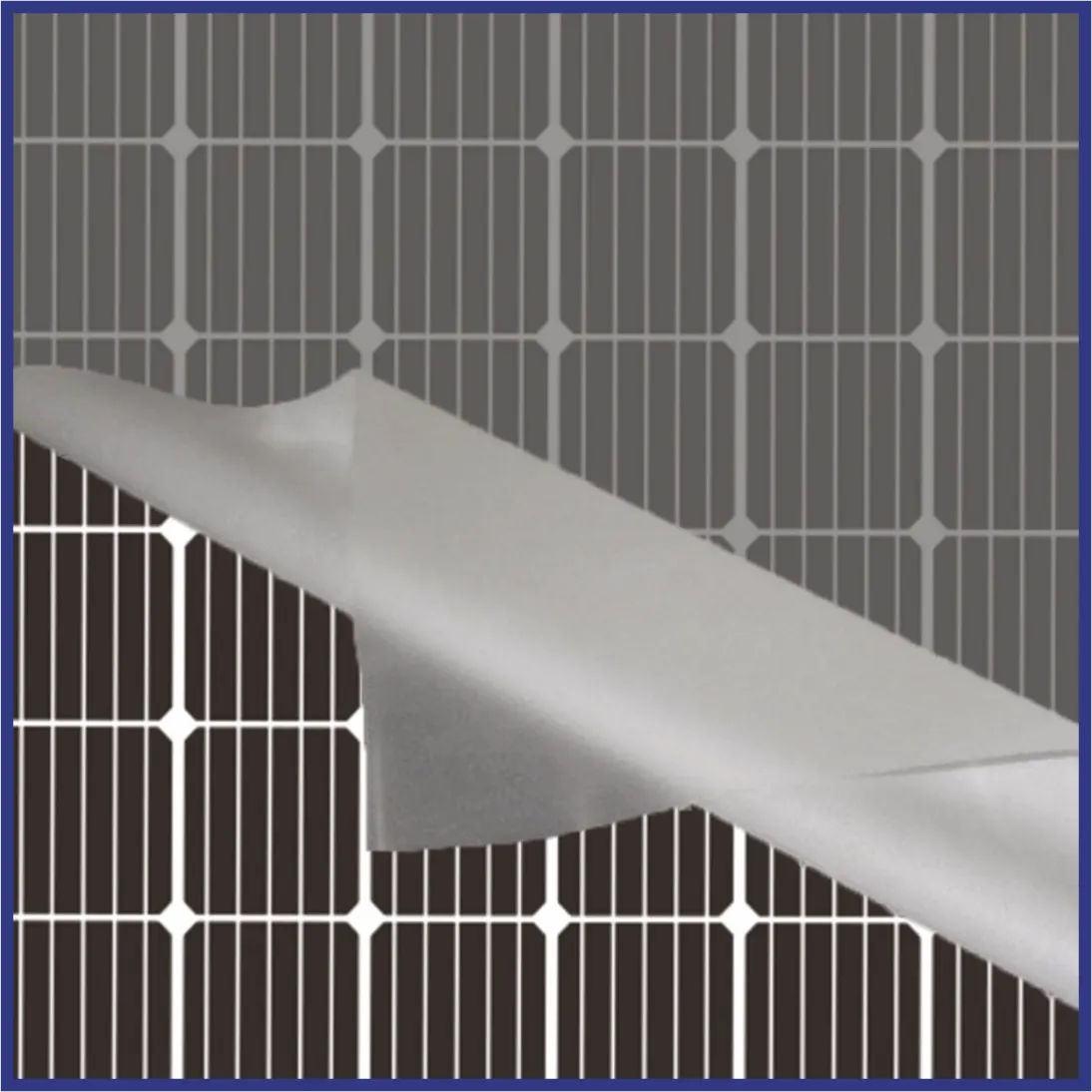
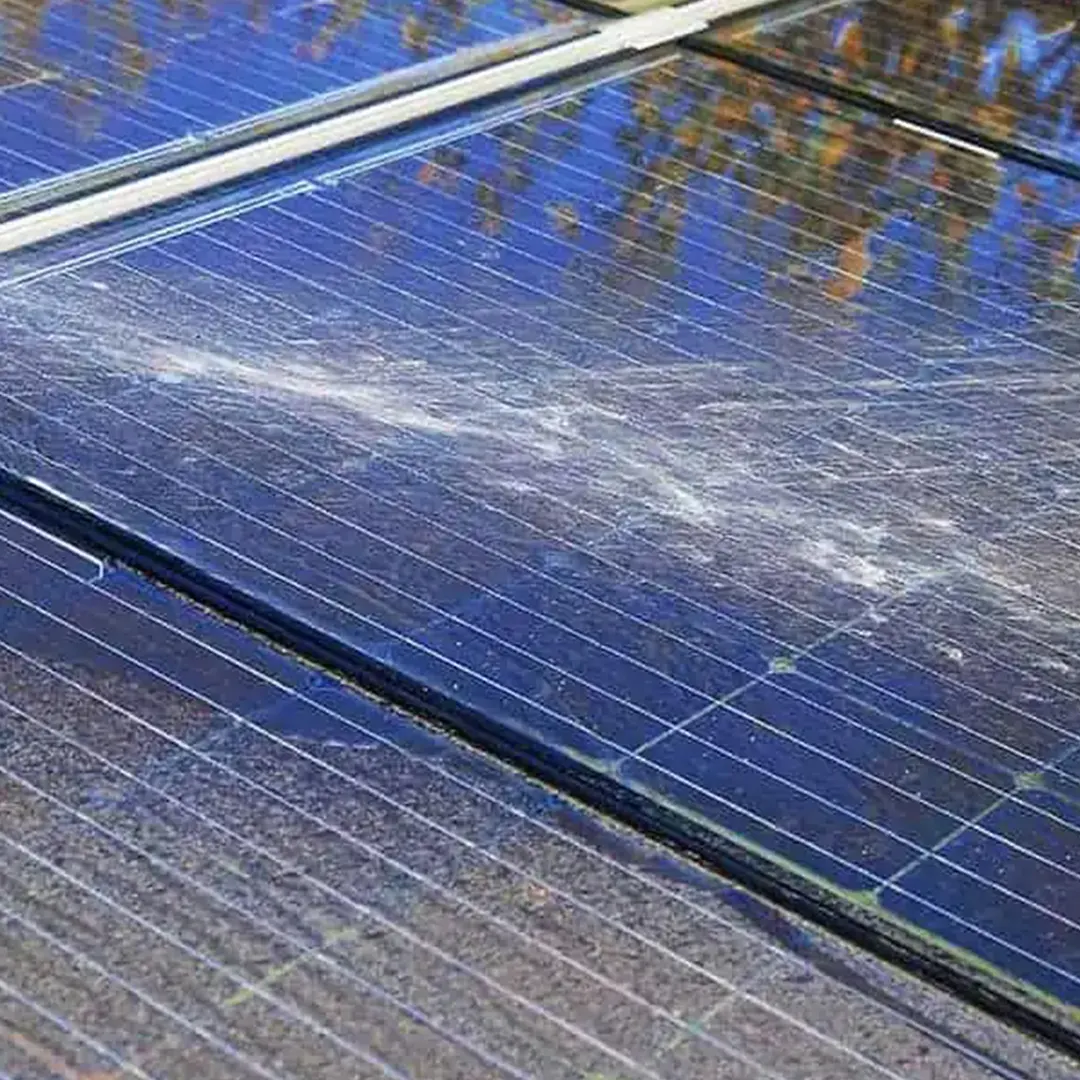
Factors that influence Solar Panel Degradation
The rate at which solar panels degrade can be influenced by various factors, including:
Type of Panel: Different solar panels degrade at different rates. For instance, monocrystalline silicon panels generally experience a slower degradation rate compared to polycrystalline or thin-film panels.
Materials Quality: The degradation rate of solar panels is also determined by the quality of materials used in their construction. Panels made from higher-quality materials tend to be more resilient against weathering and UV exposure, thus preserving their efficiency for a longer duration.
Design of the Panel: The specific design of a solar panel can affect its susceptibility to degradation. Designs that include features to reduce the impact of temperature changes, like efficient heat dissipation systems or temperature-resistant glass, can decrease the degradation rate.
Installation and Upkeep: How solar panels are installed and maintained plays a crucial role in slowing down their degradation. Regular maintenance, such as keeping the panels clean and properly positioned, is essential for optimizing their performance over time.
The Role of Solar Panel Manufacturers
Solar panel manufacturers are at the forefront of tackling the challenge of degradation. Through advances in solar PV module manufacturing, companies are constantly seeking ways to enhance the durability and longevity of solar modules. Innovations in materials, protective coatings, and module design all contribute to reducing the degradation rate, thereby extending the lifespan of solar panels. This relentless pursuit of excellence ensures that solar product manufacturers in India and around the globe can offer more reliable and efficient solutions to meet the growing demand for renewable energy.
The Environmental Significance
Beyond economic considerations, the degradation rate of solar modules has profound environmental implications. Solar panels with lower degradation rates contribute to a reduction in waste and a decrease in the need for frequent replacements. This not only conserves resources but also aligns with the principles of sustainability by minimizing the environmental footprint of solar energy systems. As such, advancements in reducing degradation rates are closely tied to the broader goals of environmental protection and sustainable development.
Best Practices for Minimizing Degradation
To maximize the lifespan and efficiency of solar modules, several best practices can be adopted by both manufacturers and consumers. These include selecting high-quality materials, ensuring proper installation to minimize mechanical stress, and regular maintenance to prevent damage from environmental factors. Moreover, choosing solar panels from reputable manufacturers who emphasize durability and performance can make a significant difference in mitigating degradation over time.
Wrapping Up
In conclusion, the degradation rate of solar modules is a paramount factor that influences the efficiency, longevity, and overall value of solar energy systems. As solar panel manufacturers and solar product manufacturers in India continue to innovate, the focus on reducing degradation rates not only enhances the economic appeal of solar energy but also supports the global shift towards sustainable and renewable energy sources. By prioritizing the development of durable and efficient solar modules, the solar industry is poised to play a pivotal role in addressing the world's energy challenges.
For those interested in exploring the latest advancements in solar technology and the efforts of leading solar manufacturers in reducing degradation rates, visit PIXON offering valuable insights and information on state-of-the-art solar solutions.
Through collective efforts in research, innovation, and adherence to best practices, the future of solar energy looks bright, promising a world where renewable energy not only powers our homes and businesses but also drives us toward a more sustainable and environmentally conscious society.
The importance of understanding and addressing the degradation rate in solar modules cannot be overstated. It is a key factor that solar panel manufacturers, investors, and consumers must consider to fully harness the potential of solar energy. As we continue to innovate and improve the durability and efficiency of solar modules, we move closer to realizing the full promise of renewable energy, making a lasting impact on our planet and future generations.
With the relentless pursuit of reducing degradation rates, the solar industry is not just creating more efficient and durable products but is also contributing significantly to the global renewable energy landscape. This commitment to excellence and sustainability is what will drive the continued growth and success of solar energy, making it an indispensable part of our renewable energy mix.